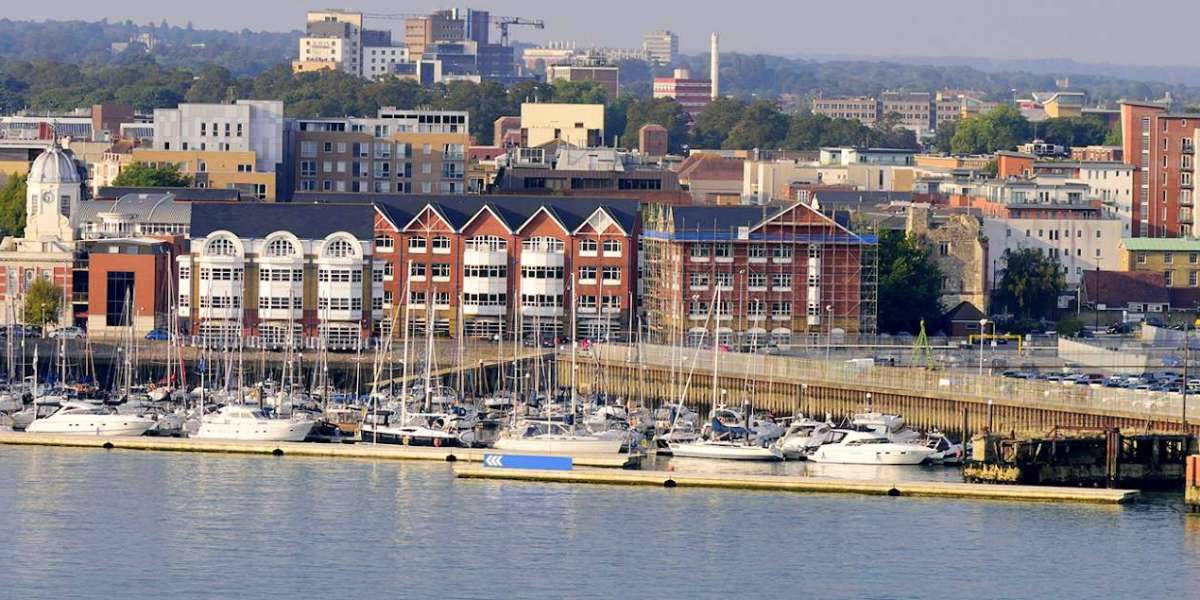Exploring the Treasures of the Nile: A Journey Through Egypt's Historic Heart
The Nile River, stretching over 4,000 miles, is one of the world’s most legendary waterways and has been Egypt’s lifeblood for thousands of years. Flowing through deserts and fertile lands, the Nile has shaped Egyptian civilization, fostering the growth of one of humanity’s oldest and most influential cultures. Today, a journey along the Nile is a journey through history, where you can explore ancient temples, bustling cities, and tranquil riverscapes. Here’s a guide to uncovering the treasures of the Nile.
Best Spa Experience in Hurghada
A City Tour Through the hurghada
Exploring the Treasures of the Nile
Dendera and the Temple of Hathor
1. Begin in Cairo: The Gateway to the Nile
Start your journey in Cairo, Egypt's vibrant capital and the largest city along the Nile. Cairo is a sprawling metropolis that blends the old and the new, with lively bazaars, grand mosques, and a mix of historic and contemporary sites.
The Pyramids of Giza: Just a short drive from the Nile’s banks, the iconic Pyramids of Giza and the Sphinx are the last remaining wonders of the ancient world. Built over 4,500 years ago, these monumental tombs stand as symbols of Egypt’s ancient architectural mastery.
The Egyptian Museum: Located near Tahrir Square, this museum holds one of the most extensive collections of ancient Egyptian artifacts, including the treasures of Tutankhamun. A visit here provides a thorough introduction to the history you’ll encounter throughout your Nile journey.
2. Luxor: The Open-Air Museum of Ancient Egypt
Luxor, often called the "world's greatest open-air museum," is home to a wealth of temples, tombs, and monuments, revealing the grandeur of Egypt’s ancient civilization.
Karnak Temple Complex: This vast complex is one of Egypt’s most impressive archaeological sites, with towering columns, massive statues, and intricately carved hieroglyphics. The Sacred Lake and Hypostyle Hall are highlights of this ancient temple dedicated to the god Amun-Ra.
Luxor Temple: Located on the east bank of the Nile, Luxor Temple is stunningly illuminated at night, giving it an ethereal glow. Built by Amenhotep III and expanded by Ramses II, this temple was a focal point of worship and celebration.
The Valley of the Kings: Cross to the Nile's west bank to explore the Valley of the Kings, where pharaohs, including Tutankhamun, were buried in elaborate tombs filled with treasures. The walls of these tombs are adorned with intricate paintings and hieroglyphs, depicting the journey to the afterlife.
3. Cruising the Nile: A Scenic Voyage
A Nile River cruise is a timeless way to explore Egypt’s ancient sites while taking in the stunning landscapes of the Nile Valley. Cruises typically sail between Luxor and Aswan, passing by lush fields, desert landscapes, and small riverside villages.
Edfu Temple: Dedicated to the falcon god Horus, the Temple of Edfu is one of the best-preserved temples in Egypt. Its towering columns, decorated with reliefs, provide a glimpse into ancient Egyptian mythology and daily life.
Kom Ombo Temple: Perched on the Nile’s banks, this unique temple is dedicated to two gods—Sobek, the crocodile god, and Horus. Its dual design and the nearby Crocodile Museum, showcasing mummified crocodiles, make it an unusual and fascinating stop.
4. Aswan: The Jewel of the Nile
Aswan is a serene and picturesque city marked by palm-fringed islands and the scenic Nile flowing through golden desert hills. The city has a laid-back charm and offers unique cultural experiences.
Philae Temple: Accessible by boat, the Philae Temple is dedicated to the goddess Isis and is beautifully situated on Agilkia Island. Known for its stunning location and reliefs, this temple holds significance in Egypt’s ancient religion and history.
The High Dam: Constructed in the 1960s, the Aswan High Dam was a monumental engineering project that changed Egypt’s economy and landscape. It created Lake Nasser, one of the world’s largest man-made lakes, and protected Egypt from the Nile’s annual floods.
The Unfinished Obelisk: In a nearby granite quarry, this massive, partially carved obelisk reveals ancient stone-cutting techniques. Had it been completed, it would have been the largest obelisk ever erected.
Nubian Villages: Visiting a Nubian village provides insight into the vibrant culture, colors, and traditions of Egypt’s Nubian people. Often situated along the Nile’s banks, these villages offer unique handicrafts, colorful homes, and friendly hospitality.
5. Abu Simbel: The Grandeur of Ramses II
From Aswan, you can take a day trip to Abu Simbel, one of Egypt’s most famous archaeological sites. Carved into a cliff, this massive rock temple was built by Ramses II and dedicated to himself and his queen, Nefertari. The Great Temple’s four colossal statues of Ramses stand as a testament to his power and influence. Each year, during the sun festivals in February and October, sunlight illuminates the inner sanctuary, revealing the skill and precision of ancient Egyptian architects.
6. The Nile Delta: Ancient Alexandria and Beyond
In the north, the Nile fans out into the Nile Delta, one of Egypt’s most fertile regions. At the edge of the delta lies Alexandria, a city with a deep connection to Greek and Roman history.
Alexandria Library (Bibliotheca Alexandrina): A modern reimagining of the ancient Library of Alexandria, this impressive building serves as a cultural center and contains millions of books. It’s an architectural marvel and a fitting homage to Alexandria’s legacy as a center of knowledge.
The Catacombs of Kom El Shoqafa: This unique site blends Egyptian, Greek, and Roman architectural styles, offering an underground glimpse into ancient Alexandria’s burial practices. It’s one of the most mysterious and intriguing archaeological sites in the city.
Qaitbay Citadel: Built on the site of the legendary Lighthouse of Alexandria, one of the Seven Wonders of the Ancient World, this 15th-century fortress offers panoramic views of the Mediterranean and a link to the city’s maritime history.
Conclusion: A Journey Through Egypt’s Timeless Legacy
Exploring the Nile is a journey back in time to a land where myths were born, and monumental temples and tombs immortalized Egypt’s pharaohs. From the vibrant streets of Cairo to the serene beauty of Aswan, the treasures of the Nile reveal a civilization that left an indelible mark on history. Whether you’re marveling at Luxor’s temples, cruising the river, or visiting the Nubian villages, a journey along the Nile offers an unforgettable blend of culture, adventure, and awe-inspiring beauty



